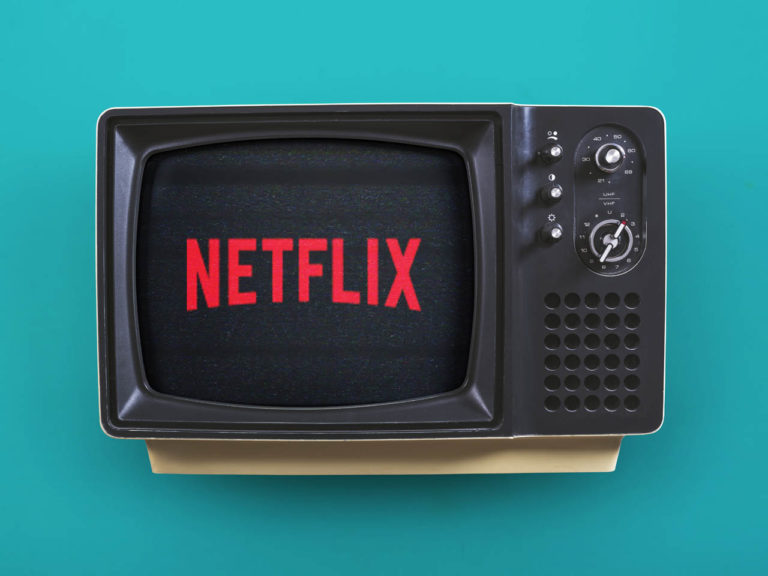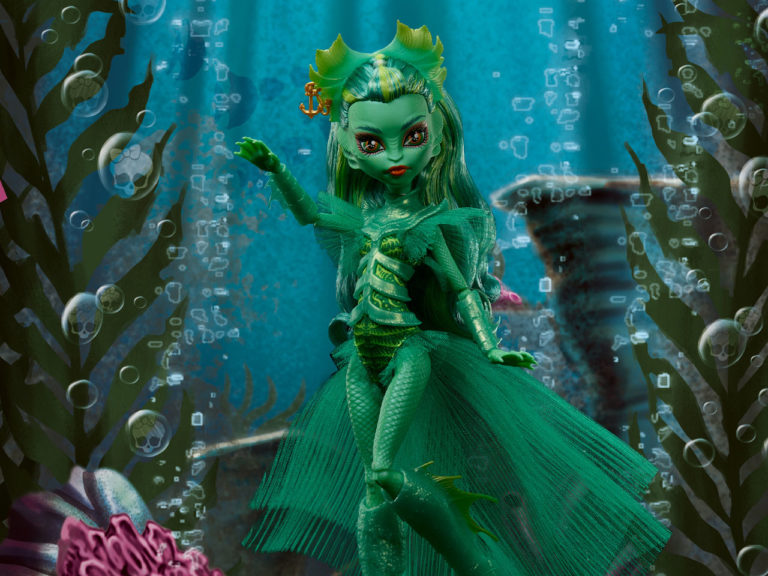

Molly is evil! The most well-disguised shady watch salesman in the history of forever has shown her true colors (Spray-On Gold #7), and the Justice League faces perhaps their greatest challenge yet: making me care! Will they succeed? Can the ship be set aright at last? Find out in Justice League #19 as “The Timeless” takes one step closer to its conclusion. Spoilers follow. If, for some reason, you’re still reading this title, be warned.
Aimless
This issue contains the standard twenty pages, but very little time passes. Molly gets over a page of monologue, and even though Batman partially redeems the wasted space with a joke, the space remains largely wasted. And we learn barely anything from the speech. At best, we now know that the Keeper seems an awful lot like The Timeless, differing only in her plan to save everything. Whereas Tempus and his cronies want to move the League to the end of time in the universe, Molly wants to exterminate them here and now. Do you mean to tell me that Molly and Tempus couldn’t get over this point of difference and work together? Looking from outside the story, I cannot comprehend why Hitch would want his two villains to occupy so much philosophical common ground. The average reader will likely miss the subtle distinction, and having two parties with such similar goals oppose each other makes for a confusing story.
Hitch also crams this issue full of self-reference and mysterious declarations from characters we don’t care about. He name-drops the Reapers, the nondescript horde of enemies the League faced in Justice League: Rebirth #1. I see no inherent problem with a writer running threads through his run on a book; but for someone like Hitch—who seems committed to building his own League mythology, largely independent from the wider history of the team—this actually aggravates me. This is exacerbated by the emphasis on characters from JLA. The members of the Infinity Corporation didn’t exactly distinguish themselves in that prior series, and Hitch makes no attempt to backfill the gap here. He just gives us these characters, staples on hints of their significant relationships with better-known DC figures, and expects us to care. I don’t.
Heartless
That’s the biggest problem: this book has no heart. The characters feel fake, so attempts at rendering genuine emotion describe rather than evoke. “Here’s what love looks like,” says the embrace between Superman and his family; but the moment never resonates the same way that similar beats play out in Superman. Alexis makes a subtle comment that hints at a deeper relationship with Vincent, but since I don’t care about either of them separately, the prospect of the two together is no prospect at all. I suppose we’re even expected to care about Molly, because her ultimate (albeit misguided) goal is a noble one: the salvation of the universe. But she’s a brand new character who has done little more than spew information any time we’ve seen her, so we hardly know her, either.
Justice League has taken a cast of characters that already had my interest and my affection, and it has made them nearly unrecognizable husks. I brought a lot of love for Batman, Superman, Wonder Woman, and the Flash into this. Geoff Johns’s short time setting up Jessica Cruz was enough to pique my interest about her inclusion on the team—especially after Darkseid War. Simon Baz was responsible for the second comic that has ever made me cry, when during the course of Rise of the Third Army, he brought his best friend (and brother-in-law) out of a coma, healing damage to his brain in the process. From a character standpoint, Hitch began this run with a whole lot of solid gold. But it’s all gone. We’re still being asked to care, but there appears to be no effort by the writer (or the publisher) to meet us halfway.
Lifeless
I have nothing new to say about Pasarin’s artwork overall. I’ve never been a big fan, and nothing here changes that. He draws weird faces, and the anatomical proportions of his figures are often distractingly strange. Making matters worse, there’s a huge artistic gaffe late in this issue, as Pasarin poorly renders Jane’s helmet, making her look more like Prymatt. If the writing on this book has been bad (it has), the artwork hasn’t been helping.
I’m also getting a bit burned out on letterer Richard Starking’s title/credit font. He’s been using it—or something very much like it—for some time now, and it definitely isn’t worthy of such pervasive use. It gets progressively less readable the smaller the size, and some of the busier lines get pretty small. Given how long the font has been in use, it has started to feel like an afterthought, which is unfortunately one more underachievement in a book full of them.
Recommended if…
- You’re a Fernando Pasarin fan.
- You think Hitch’s Justice League is just the tops.
- You never get tired of people talking about singing rocks.
Overall
Justice League continues to be a wreck. Something desperately needs to change. Continue saving your money for less regrettable entertainments.
SCORE: 3/10


